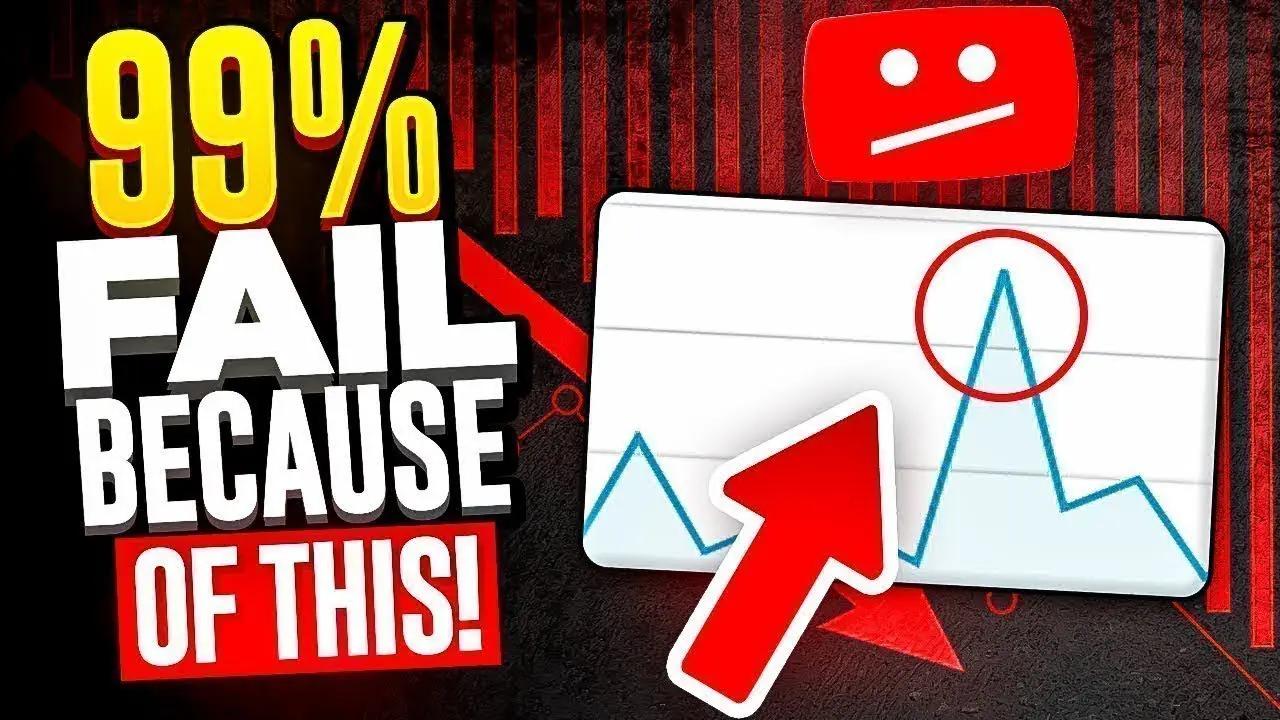Pop quiz. What’s Your YouTube Channel Actually About?
Can you give a clear, confident answer? Not having a focus is like driving a bus without having any idea of the destination. You’ll end up going in circles and eventually run out of gas. Plus, what subscribers go into hop on a bus that they don’t even know where it’s going?
Early on is okay to bounce around from topic to topic until you find the content that you’re attracted to. But at some point, you need to settle down and commit. Don’t make the mistake of thinking your channel can be about anything and everything. Those are the hardest channels to grow because who is YouTube going to recommend a channel that is sometimes about fitness and sometimes about family and sometimes about gaming and unboxing and the last vacation you took?
Read on for more information or take a look at our video on the subject below:
Your YouTube Channel Needs a CLEAR Focus on a Niche
If you want to start seeing growth and pulling in a community of subscribers who jam with every single video you make, you need focus. And while this could be a super in-depth video about finding your passion and all that good stuff, let’s focus on two main steps that you can take right now to bring consistency to your channel and make it much easier to grow.
#1 Step One: As a YouTube creator, you’re like the producer of your own network, and every great TV network has a focus.
And that focus gives its channel its identity. So think big picture. What kind of network are you? Do you want to build a network like ESPN, where sports is the primary focus? Or maybe you want to build something like Discovery Channel, where science and nature are the focus? There are plenty of examples. YouTube even gives you hand-picked categories to choose from when you’re setting up your channel.
This even works if you want to build your network around vlogging or lifestyle. While many creators may have lots of different content on their channels, everything ladders up to the broad topics that they chose.
Whatever you choose should be specific enough that it gives you clear direction but broad enough that you have plenty of flexibility and content to work with. Having this focus gives your channel structure and makes it much easier to do step number two.
# Step Two: You’ve got to plant your shelves in your series
Okay, Mr. Big TV producer, you’ve got your network. Now it’s time to start programming it with content. A lot of creators start to bury their channels here, by posting all sorts of random content that doesn’t relate to or fit with the theme of their channel.
This type of approach creates a cycle where one video might pull a subscriber in, but then the next one pushes them back out. And this has nothing to do with you, it’s just not the kind of content that they’re interested in. While some viewers might enjoy both types of content and stick around, as the producer of your own YouTube channel, you need to choose complementary topics. These are topics that are related to your main focus but approach it from different angles that give the channel variety.
The key is for them to work together.
For instance, MKBHD: core topic, tech reviews, complimentary topics, smartphones, laptops, and other content, high tech vehicles, Browney: core topic, fitness, complimentary topics, fitness challenges, transformations, and public fitness competitions.
Yes, occasionally, you can go off in other directions, but this is your core, and these sub-topics complement your channel without sacrificing variety. It also makes it easier to come up with new ideas since you always have a point to start from. And over time, you can experiment with new buckets to see how they perform.

Carla Marshall
Carla Marshall is the Content Marketing Manager at TubeBuddy. She has 11+ years of experience in video marketing, social media management, content marketing, DRM, & SEO
